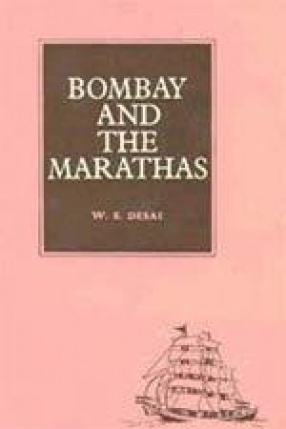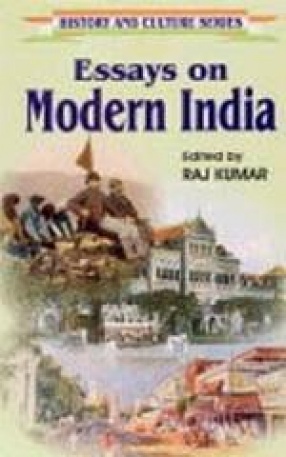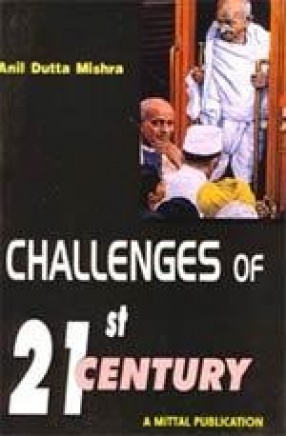This work, based on original sources, throws considerable light on a period of Indo-British History the importance of which has not been hitherto adequately appreciated. It presents the growing power of Bombay under the East India Company; so that from being merely Traders, within less than a century of acquisition of the Island from their King Charles II, the Governor-in-Council seconded by the Directors were in a position to enlarge their territory at the expense of the Maratha power. The Traders had a healthy respect for the great Shivaji, and courted the friendship of his two successors, Shambhaji and Rajaram. The Marathas under the Peshwas were no mean power; but they were fully engaged on the mainland" at first fighting the Moghul Emperor for very existence, later busy expanding their empire in all directions, and still later fighting the Nizam, the Siddis, and Haider Ali of Mysore. The debacle at Panipat (1761) was psychologically a crippling blow. This was the opportunity for Bombay to expand the Presidency at first on a comparatively small scale towards the north in Salsette, Surat, etc., and also in the neighbouring islands. There is clear indication that Maratha weakness in the later dealings with the growing English power lay in their antiquated military and naval appointments. In spite of the achievements of the great Peshwas and their able fighting Generals, the internal jealousies and ambitions of the members of the house of the later Peshwas ultimately brought about their fall. No wonder, by the beginning of the 19th century the British were able to establish themselves as heirs to the Maratha Empire.
Bombay and the Marathas up to 1774
In stock
Free & Quick Delivery Worldwide
reviews
Bibliographic information
Title
Bombay and the Marathas up to 1774
Author
Edition
1st ed.
Publisher
ISBN
8121503574
Length
264p., Maps.
Subjects





There are no reviews yet.